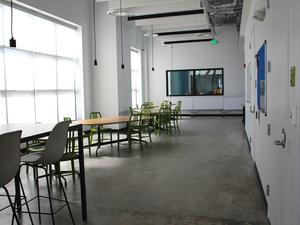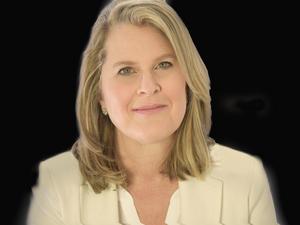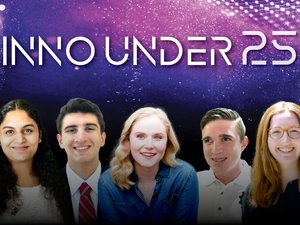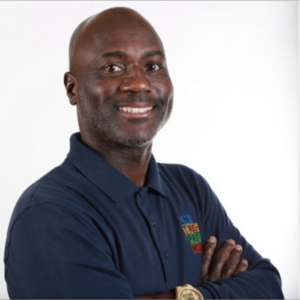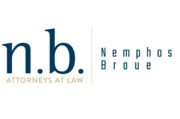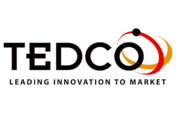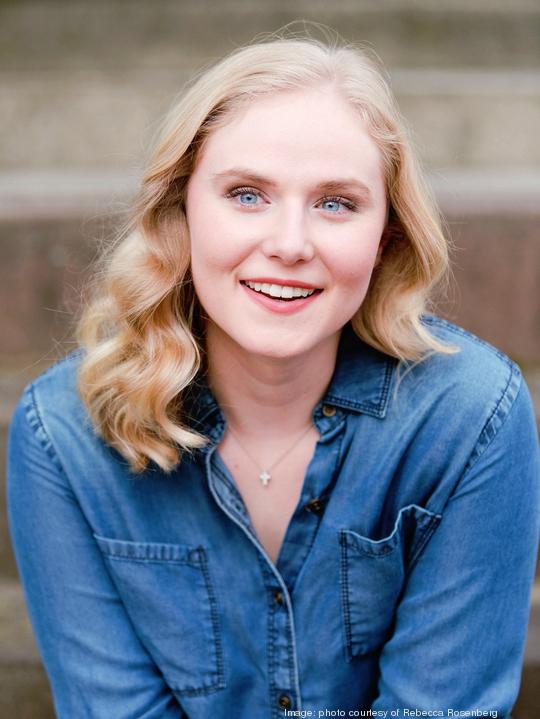
Rebecca Rosenberg
Title: Founder, ReBokeh
Age: 25
Rebecca Rosenberg founded the vision impairment technology company ReBokeh after experiencing firsthand the lack of options for people with low vision.
She was born with oculocutaneous albinism, a genetic disease that hampers eye development, and found that many new technologies couldn't provide the right forms of assistance. Rosenberg began creating ReBokeh as a Bucknell University undergraduate after realizing that she couldn't wait around for a better solution and had to create something herself. ReBokeh offers a low-cost app that can be used on a smartphone to help people with visual impairments see the world with more clarity.
The company has quickly taken off in Baltimore, gaining entry into two of the area’s most notable startup programs, FastForward U and the Techstars Equitech accelerator. The company has raised $500,000 in funding and launched on the Apple app store in 2022. Rosenberg was also named an Inno Under 25 honoree by the Washington Business Journal, a sister publication to the BBJ.
What inspired you to create ReBokeh?
I always like to say that even though our company is young, I’ve had 25 years of experience with low vision and the existing solutions on the market. I have lived with low vision my whole life; I was born with an uncorrectable vision impairment stemming from oculocutaneous albinism. Like millions of others with moderate low vision, I grew up trying to navigate life with few resources or practical solutions; the little tech available to people like me was either prohibitively expensive or bulky and impractical for daily life.
After a grant-funded research project during undergrad, I launched ReBokeh with the goal of creating a modern approach to assistive technology, specifically for the millions of overlooked people just like me living with moderate low vision.
The ReBokeh app is free to download. Is keeping the application affordable important to you? How do you monetize the technology?
ReBokeh is free to use and requires no additional hardware, only a smartphone or iPad, which most people already carry with them. This is a huge advantage over most assistive devices — they are often too bulky and expensive to be practical for everyday use.
This year we introduced a premium version of the free product, ReBokeh Plus. A small subscription unlocks additional inversion options including grayscale and yellow/black and yellow/blue filters. We’ve also enabled users to upload their own images to the app for adjustment and save adjusted images directly to their device for later reference. ReBokeh Plus is now available for $2.99 per month or $28 for the entire year.
Keeping ReBokeh affordable is everything to us. We got into this in the first place because practical, everyday tools for low vision simply did not exist at a realistic price point when I was growing up and coming of age.
How does ReBokeh’s technology work? How is it used?
ReBokeh does not try to replace a user’s vision. Instead, it helps them make better use of the functional vision they already have.
ReBokeh allows users to adjust the way the world around them looks in order to fit their specific needs. The app works by leveraging a mobile device’s live camera feed while enabling users to create, customize, and save personalized live video filters overlaid on the live camera feed. These custom filters are similar to the ones used on content apps like Snapchat — but are instead designed to address specific challenges of low vision, like contrast, clarity, color differentiation and more.
To date, more than 175,000 vision adjustments have been made using the app, in 96 countries around the world.
What were the problems you faced with the assistive technologies currently on the market as someone with a vision impairment? What makes ReBokeh different?
We designed ReBokeh for people with moderate, uncorrectable vision impairments. Other assistive devices have been designed to totally replace vision by defaulting to things like text-to-speech. Technology like this is great for those who have very minimal vision, but the reality is that most people with a vision impairment have some degree of functional vision that they want to make the most of. That is where ReBokeh comes in — to help make the most of existing vision, instead of trying to replace it.
Assistive technology in this low-vision space has too often fallen short addressing the needs of the end-user it aims to serve, prioritizing flash over function. VR headsets never fail to capture a headline, but they remain incredibly expensive and impractical for everyday use.
To read about the rest of our Inno Under 25 class, click here.
